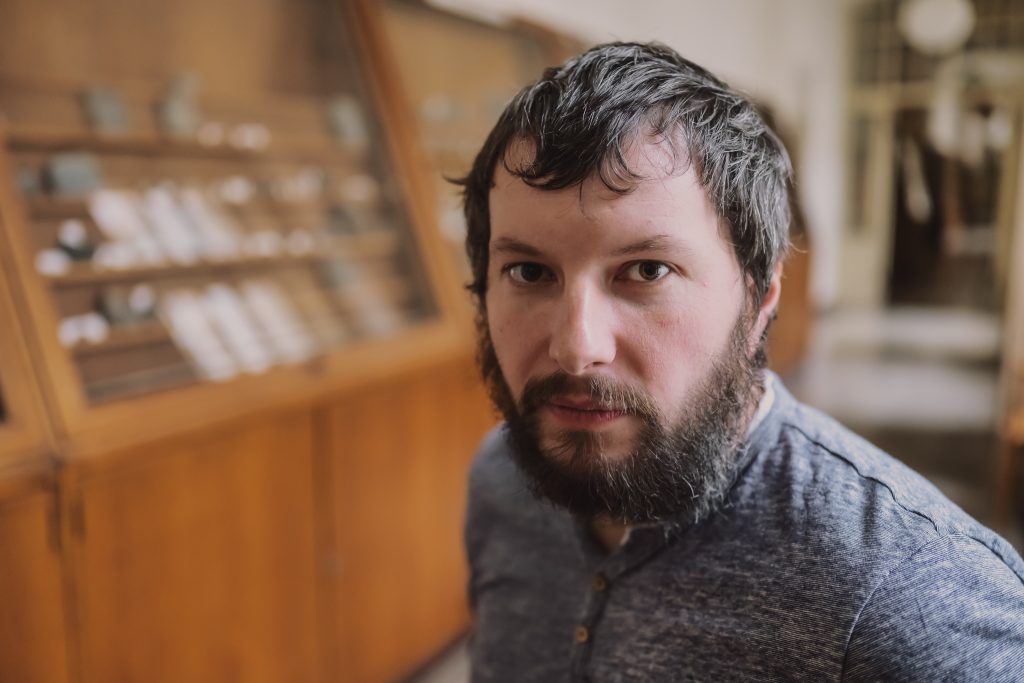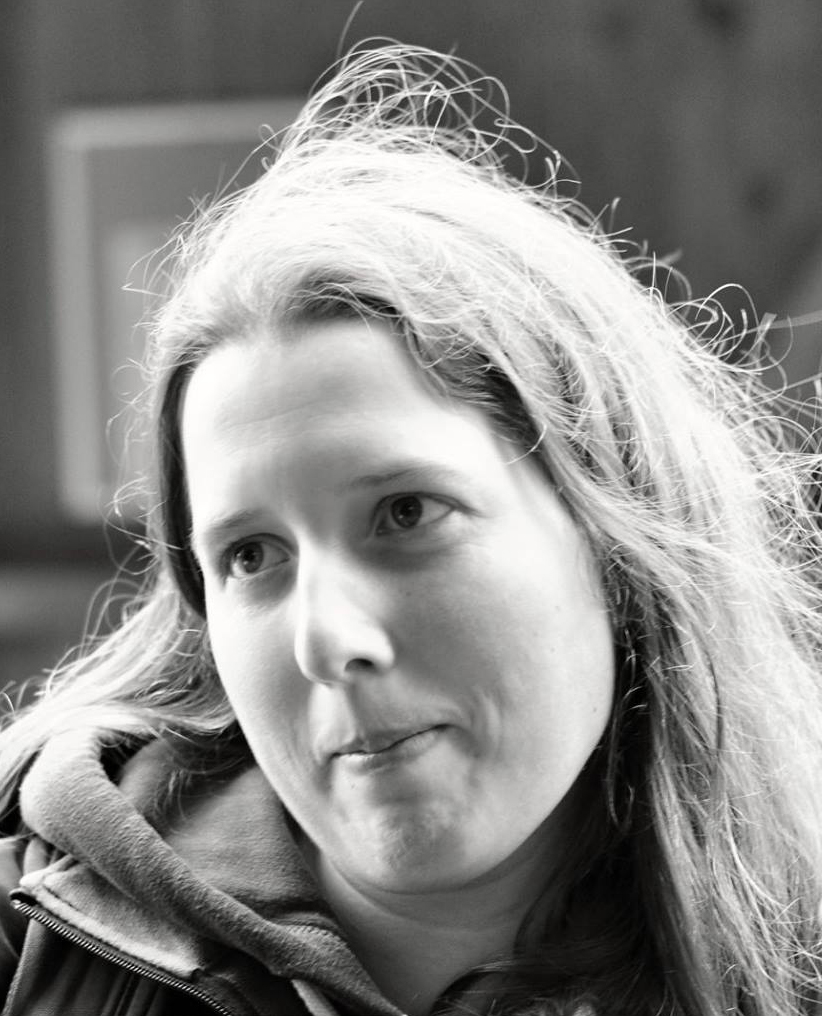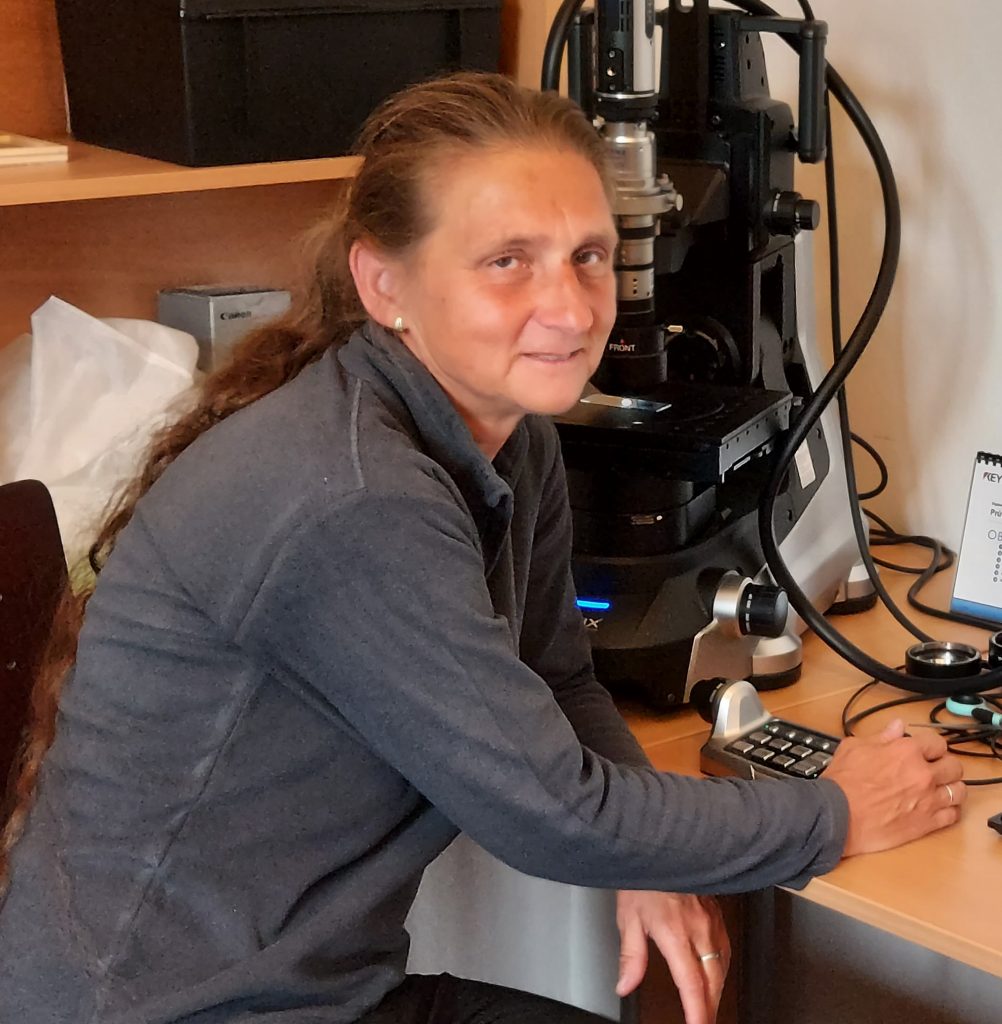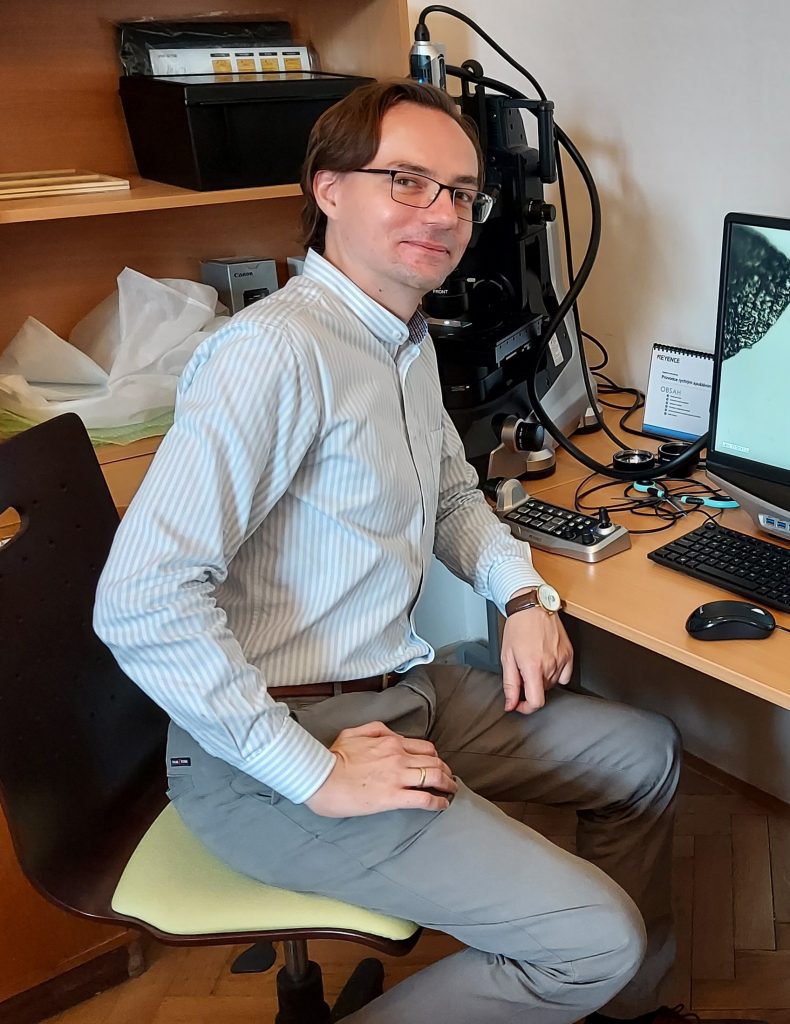
Filip Scheiner
Early career researcher currently working at the Institute of Geology and Palaeontology, Charles University and the Institute of Geology, Czech Academy of Sciences; interested in foraminifera, especially geochemical proxies in foraminifera and basic organic biomarkers and their use in palaeoenvironmental reconstructions.
The main theme of my research is the wide variety of geochemical proxies in foraminifera, including their development and use in limiting fossil environments such as epicontinental seas; for example Mg/Ca, 143Nd/144Nd, B, to name the most important. I am also interested in complex palaeoenvironmental and palaeoclimatic reconstructions based on these proxies. I am also interested in basic organic biomarkers in the marine environment and their use in palaeoenvironmental reconstructions, especially when coupled with inorganic proxies in foraminifera.
Currently actively seeking funding for my research projects

Anna Tichá
Early career researcher currently working at the Institute of Geology and Palaeontology, Charles University; interested in diatoms (Bacillariophyceae) and their use in palaeoenvironmental reconstructions.
I have focused on reconstructions of past conditions in lakes based on diatoms together with other proxies (e.g. sediment geochemistry, pollen, chironomid and macrophytic remains). In particular, I have carried out quantitative reconstructions of pH and phosphorus concentrations based on diatom species composition preserved in lake sediments. My main field of study has so far been the Holocene, but my planned projects will take me into the Pleistocene and even the Miocene. As we move deeper into history, species-based reconstructions become less applicable. Therefore, I am currently being challenged by palaeoreconstructions that are more supported by diatom functional traits.
I am on maternity leave for part of the time, so I am trying to collect material for future projects and return to science.

Professor Katarína Holcová
A senior scientist; currently Head of the Institute of Geology and Palaeontology; interested in a wide range of general micropalaeontological topics, leading to the training of students in various micropalaeontological specialities.
My research focuses on Miocene foraminifera and calcareous nannoplankton. I enjoy being part of large research teams where the integrated, multi-proxy study leads to a comprehensive palaeoenvironmental analysis of specific palaeoceanographic conditions. I am actively collaborating with the IGP Mesozoic group on a project dealing with the palaeogeography and palaeoceanography of the Late Jurassic and Late Cretaceous European marine systems. Another topic I am interested in is the Lower Palaeozoic foraminifera and their gradual infiltration into different habitats. In addition, my current project focuses on microboring organisms as destructors of calcareous shells (including foraminifera). I also collaborate closely with art historians to determine the origin of rock material in classical artworks using calcareous nannoplankton.
The Czech Science Foundation project no. GA23-05217S; GA23-06084J
Former colleagues

Manuel F.G. Weinkauf
An independent researcher currently working in the private sector; interested in advanced data analysis. My topics covered shell-bearing plankton in general, with particular emphasis on Foraminifera and Coccolithophyceae, their adaptive capacity and ecology/evolution.